What exactly is Mardis Gras, and where is it celebrated? Its long-standing history embedded in different places throughout the world may surprise you!
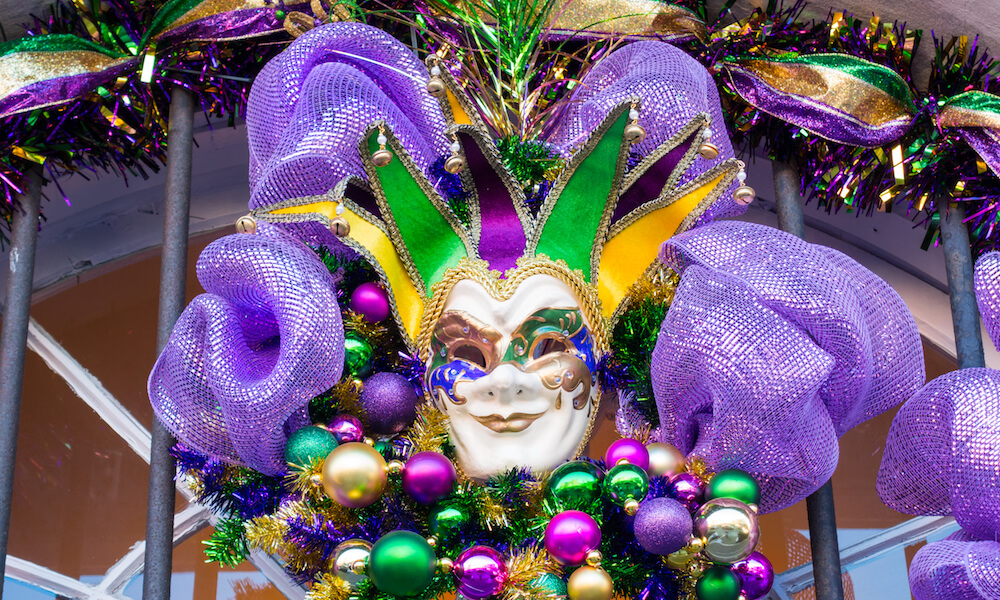

What exactly is Mardis Gras, and where is it celebrated? Its long-standing history embedded in different places throughout the world may surprise you!

Read about why lowriding is important to Juan Ramirez and his community in Los Angeles.

Read about the different holidays celebrated this time of year by people all over the world.
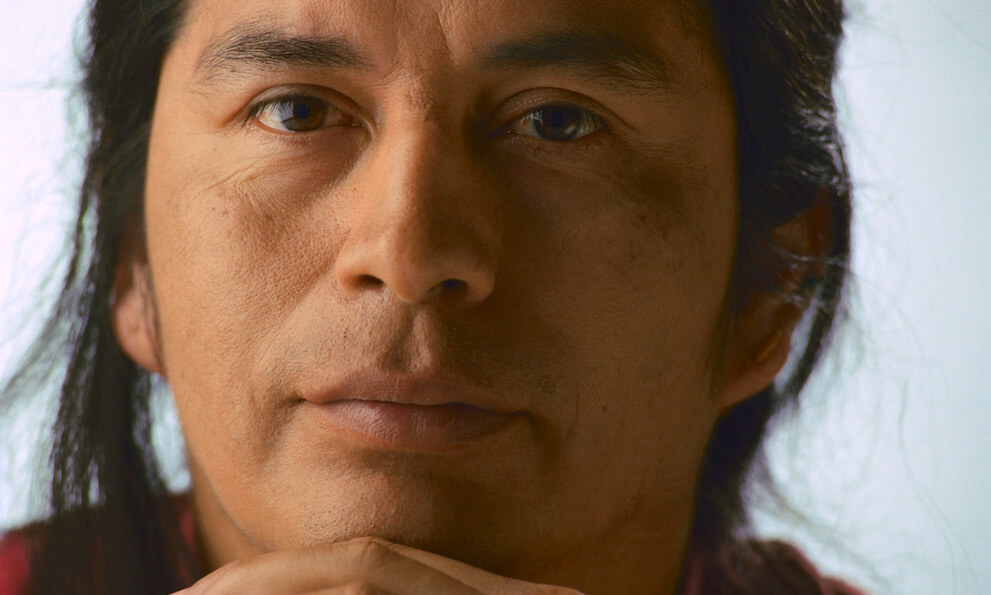
Tapi Yawalapiti is one of the remaining two people who know the Yawalapiti language. He’s doing all he can to to ensure it’s not completely lost one day.
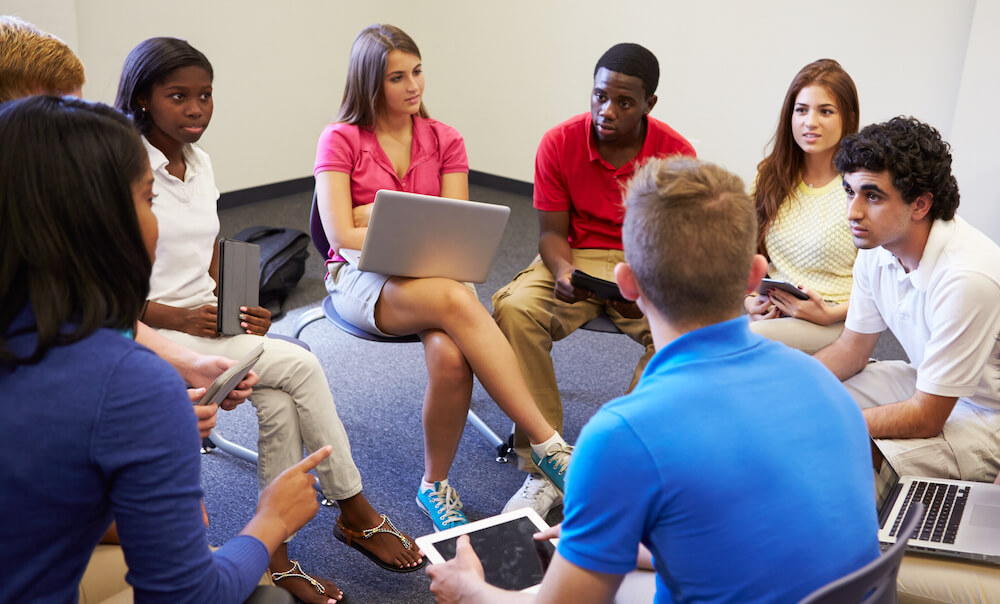
Culture shock is something many people in foreign countries experience. It refers to the anxiety and feelings (of surprise, disorientation, uncertainty, confusion and so on) felt when people have to operate within a different and unknown cultural or social environment.

As schools across the United States begin the new school year amid the Covid-19 pandemic, Native people face steeper obstacles than many other Americans.

In 2011, researchers conducted a study to find out why people often gain weight after moving to the United States. They found that immigrants often choose unhealthy foods because they want to fit in to American culture.
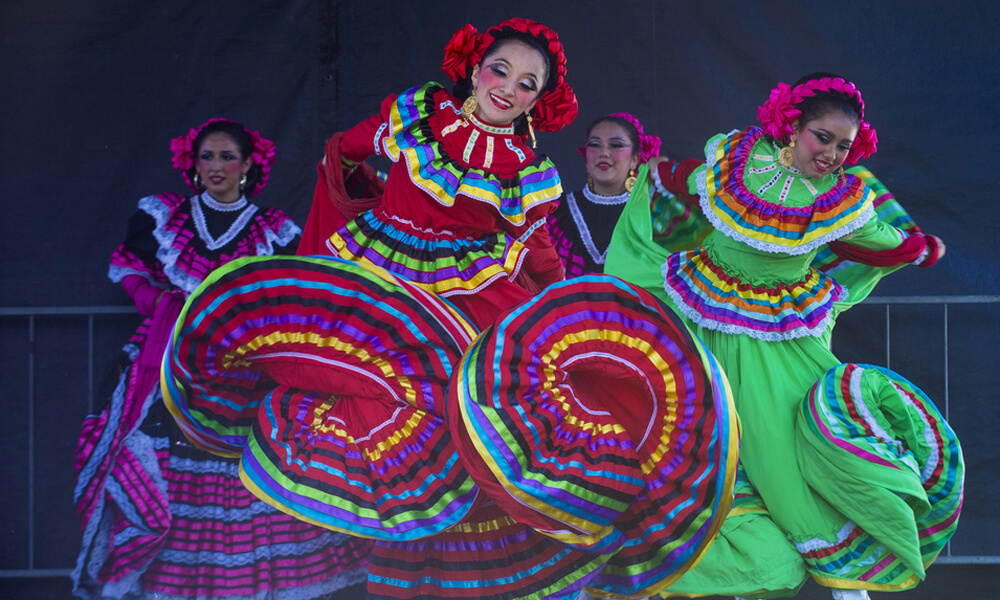
The annual Smithsonian Folklife Festival in Washington, D.C., highlights the cultural diversity of American communities. Read to learn more about this colorful event that brings many cultures together in the nation’s capital.
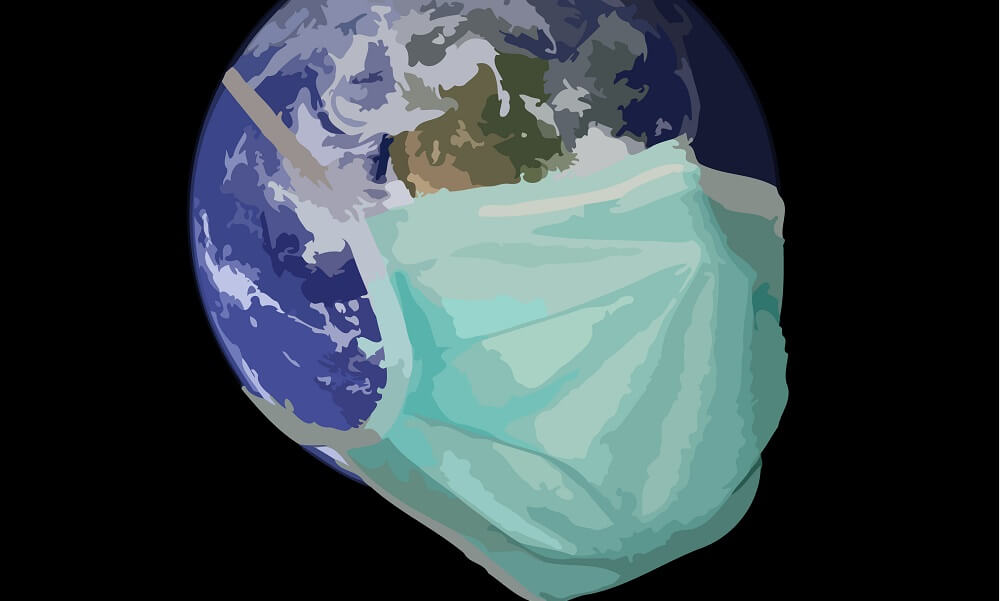
Read predictions about ways the coronavirus might permanently alter our culture.

Food joins people together within and across cultures. American food is slowly becoming more localized over time like French, Mexican, Chinese and Italian cuisine which is made from the produce of the region and with ingredients to hand at a particular season.
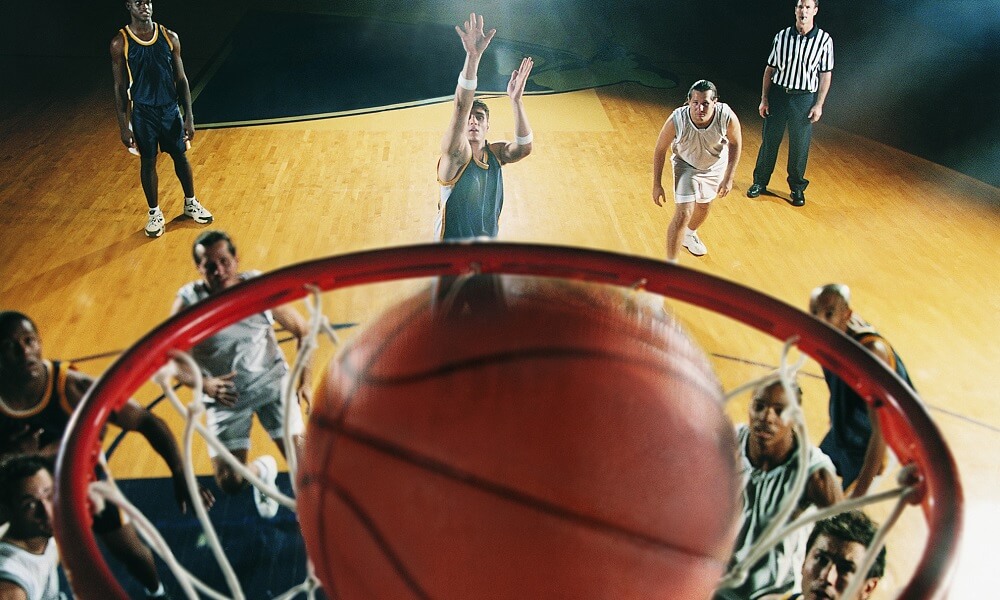
Catch the excitement of “rez ball” and learn about what an important part of culture basketball is on Native American reservations.

Read to find out about a 2015 exhibit at Washington State University that explored the consequences of the construction of the Grand Coulee Dam, the subject of Sherman Alexie’s poem, “The Powwow at the End of the World.”

The eldest daughter of six children in an observant Pakistani Muslim family has to persuade her parents that accepting her place at her dream school – Princeton – will not contradict her faith.
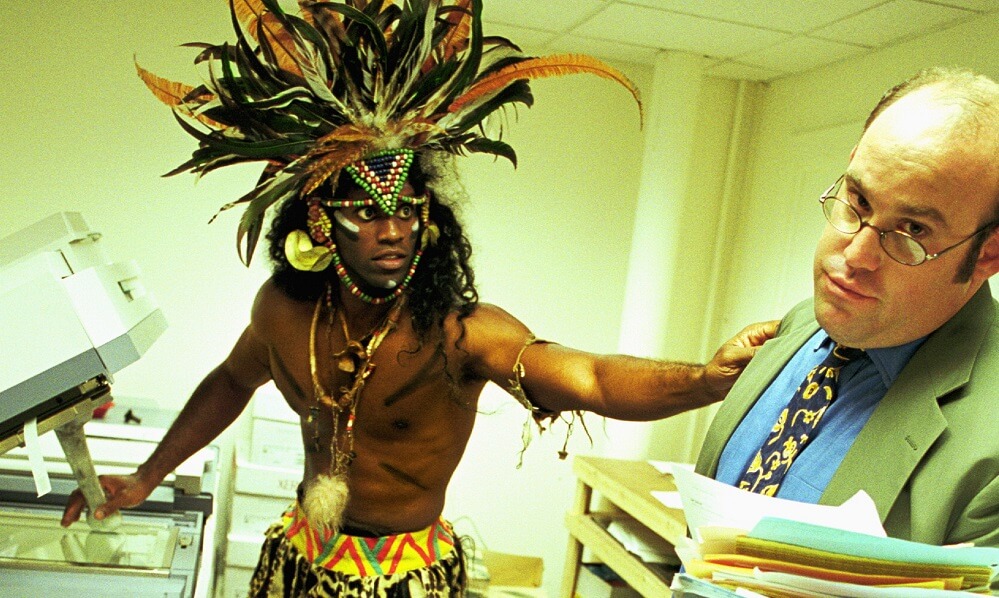
We live in a multicultural society, so we enjoy food, music, and fashion from many backgrounds. But when is it sharing, and when is it stealing?
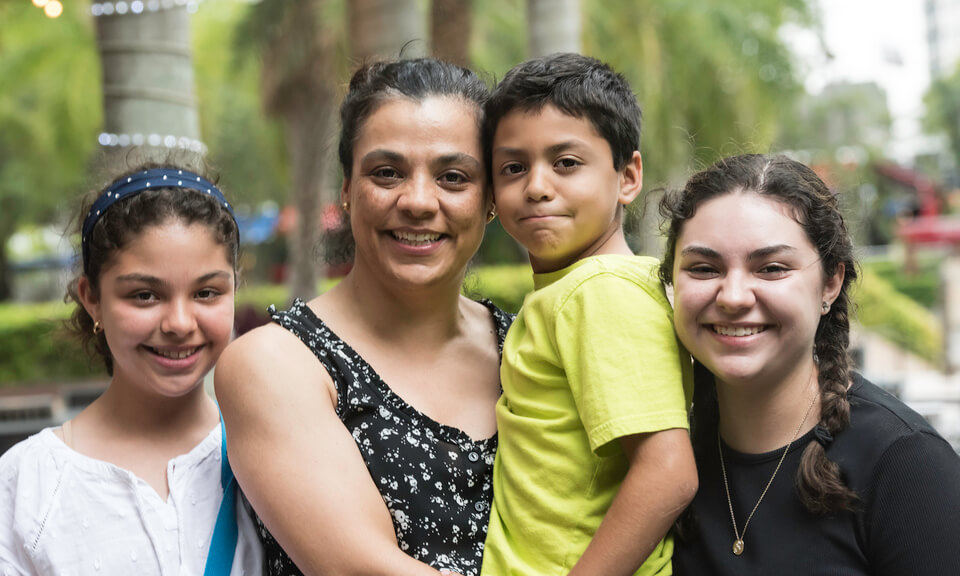
The LA Times created a video documenting the struggles of a teenage, Guatemalan immigrant, which resulted in an outpouring of support.

Osman Ali and Sabrina Seyf, Minnesotans of Somali ancestry, love to share their art with the people of Minneapolis. Through artifacts and the art of henna, people learn about the Somali culture.
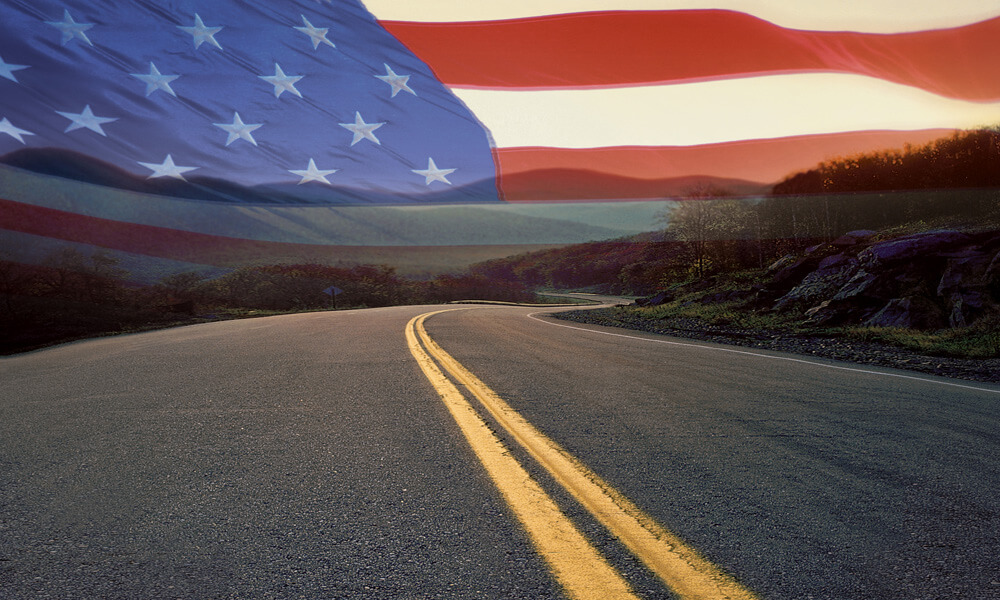
The work of award-winning journalist Jose Antonio Vargas explores the immigrant experience and the road to American citizenship.
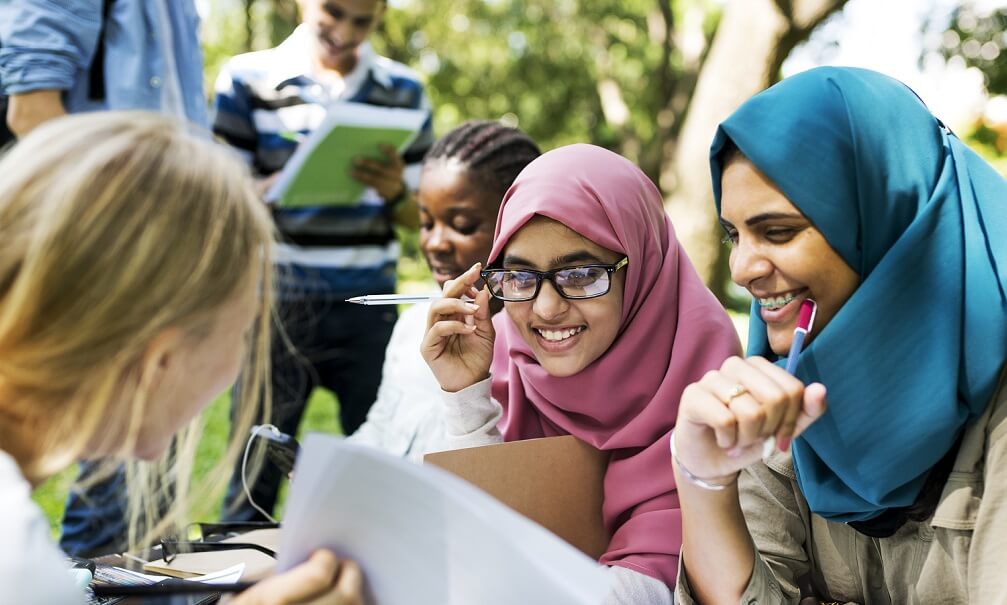
Natalie Cardenas is like a lot of teenagers in the U.S. today — she feels wedged between two cultures. Natalie feels a strong connection to both her Peruvian heritage and her American identity, but somehow still feels a bit rejected by both.
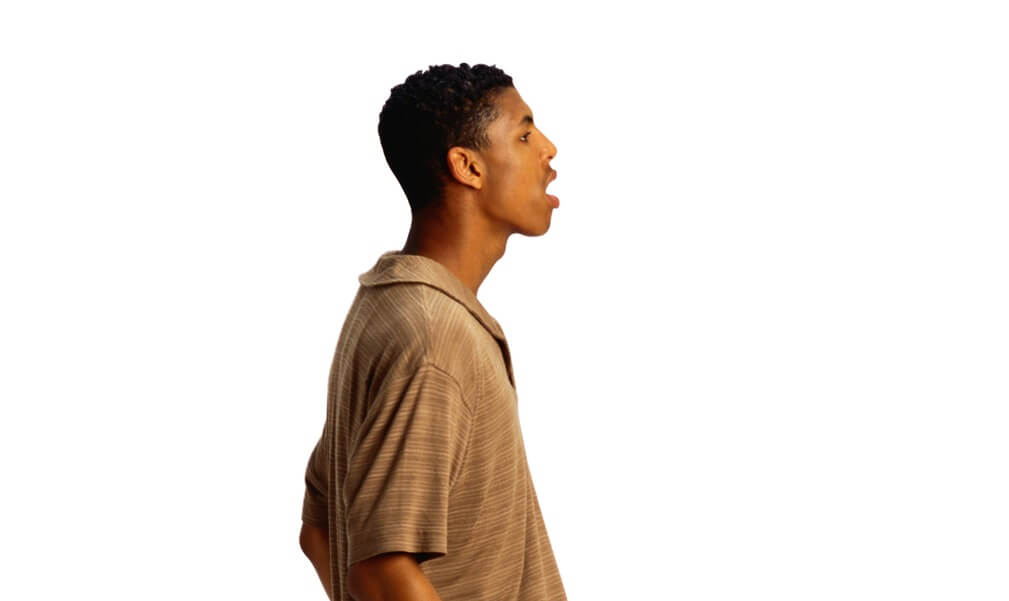
How did a young African American boy from Oakland become a featured performer in Chinese opera? Find out what the cultures share.
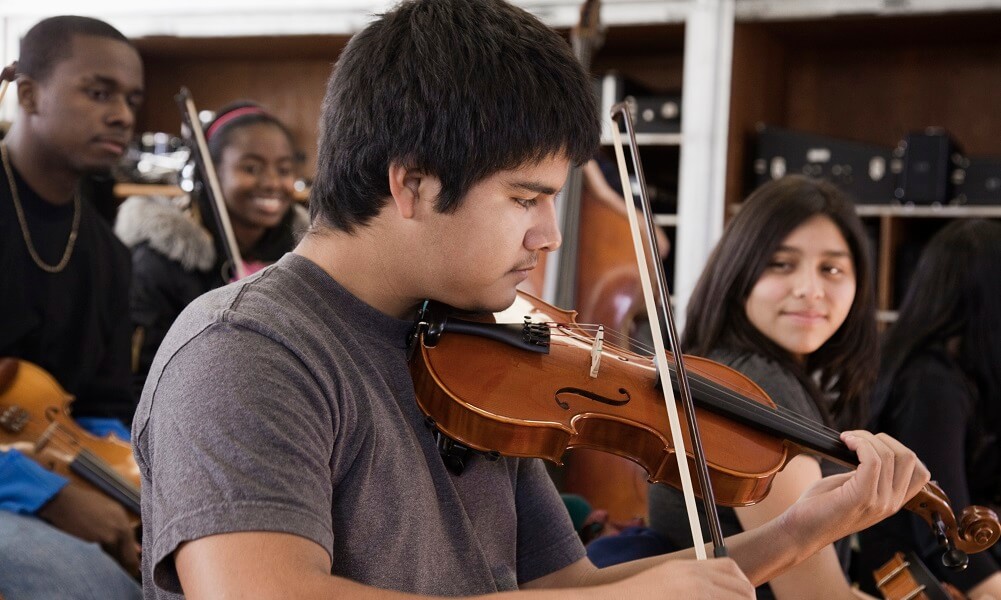
Read about a recent study that links in-depth cross-cultural relationships with higher scores on measures of creative thinking.